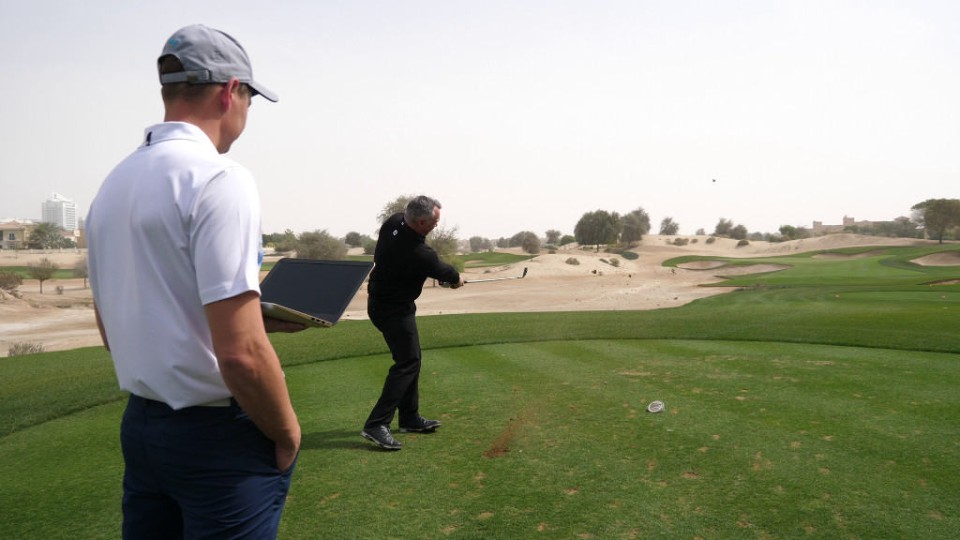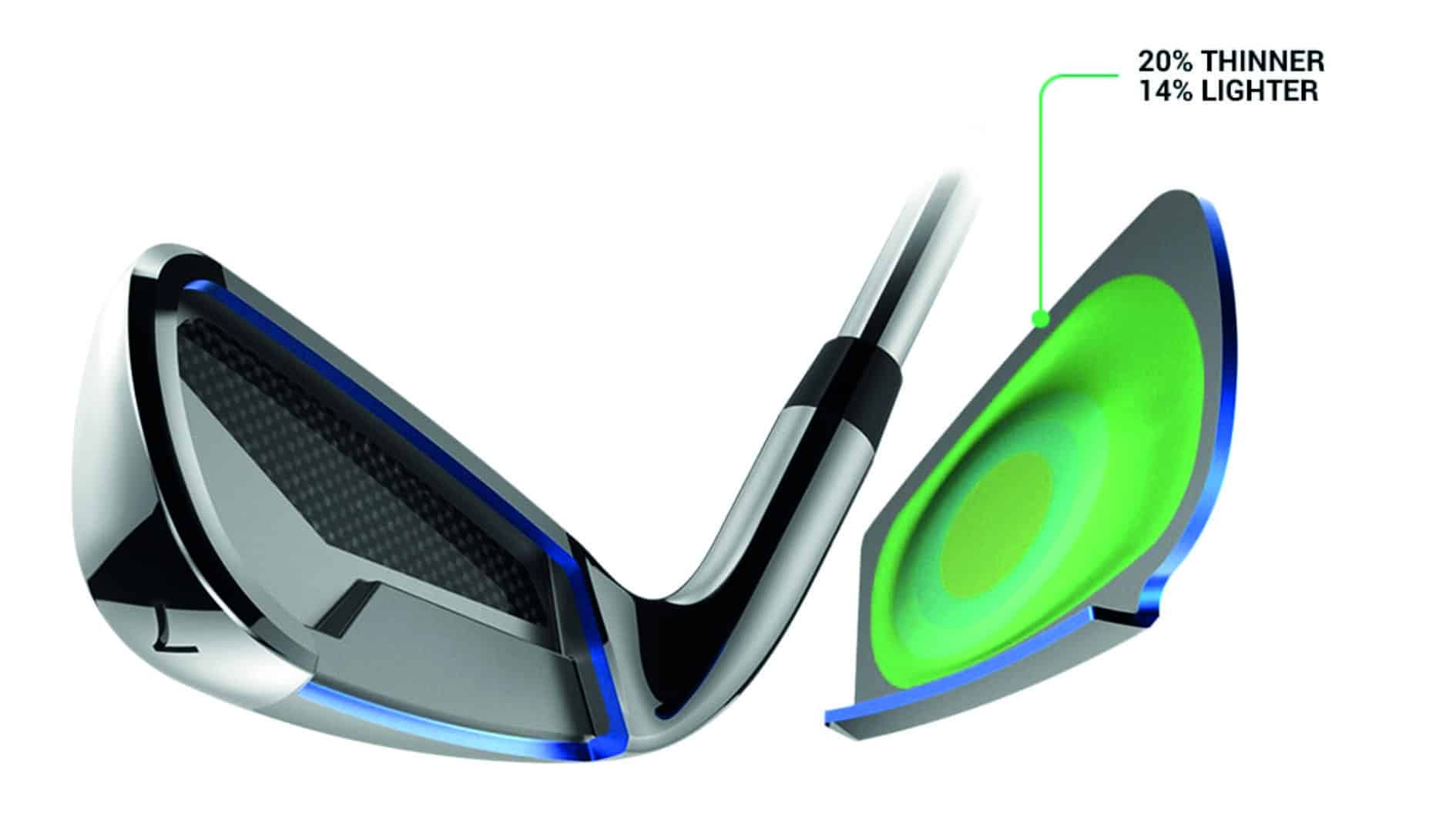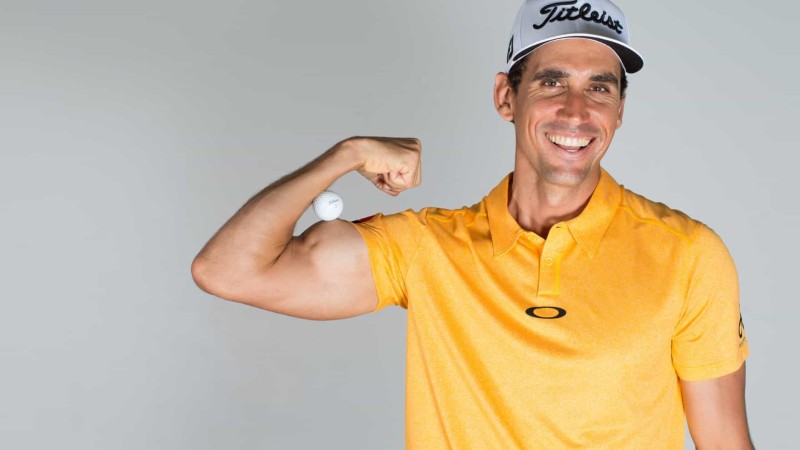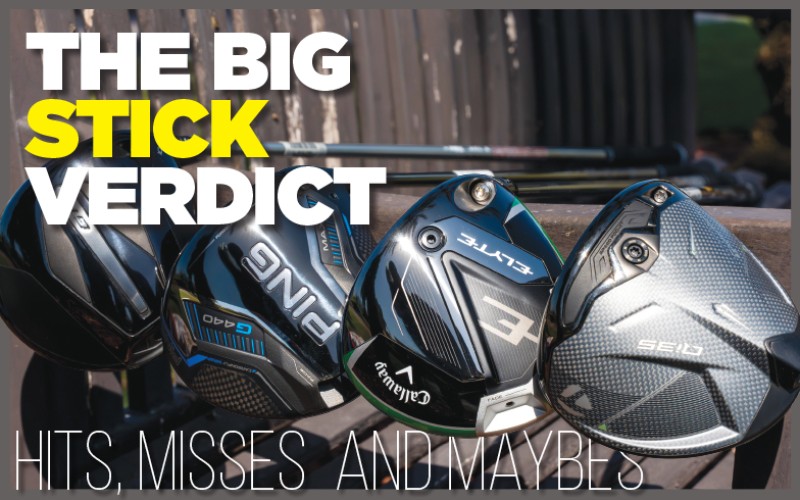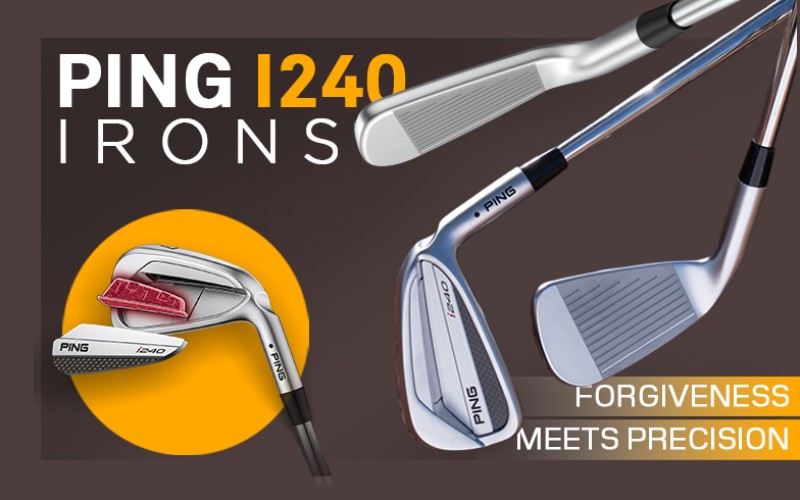By Alex Gallemore
Cobra has got a great product line up this year with the F8 range, and the irons are no exception. But who are they aimed at? Cobra market the clubs at the 5-to-25 handicap golfer with moderate to higher swing speeds seeking a more forgiving distance iron with enhanced feel. Personally, I’d stay clear of aiming it at a handicap range, as the 2018 F8 is unique and, in time, will become an acquired taste in a positive way. Unlike many of the distance irons with enhanced forgiveness where the lofts are strong and the clubs are weighted at the bottom to lower the centre of gravity, Cobra have used the same recipe but with alternative ingredients.
To create more ball speed, a thinner face is the way to go and Cobra claim their all-new forged PWRSHELL-face construction delivers driver-like speed and distance. It’s 20% thinner and 14% lighter than its predecessor and it certainly enhances ball speed – but it’s not a crazy distance gain.
Optimized CG’s
Variable hosel lengths strategically position the CG for optimum launch, speed andforgiveness through the set.
Hosel Growth
The lofts are strong, in fact very strong. The seven iron is just 29.5 degrees, so their engineers needed to find a way to launch the ball higher. They achieved it by strategically varying the length of the hosels. The lower profile long irons with shorter hosels, lower the centre of gravity to improve the launch and forgiveness. The hosels increase in length with the mid-to-shorter irons to raise the centre of gravity for improved control and accuracy. With some performance irons, where the centre of gravity is too low in the face with the shorter irons, there is a tendency to kick the ball too high. The F8’s progressive hosels mean you get a consistent increase in flight, which is ideal in helping you visualise a shot, and also managing your gapping.
Groovy
What I do like is the fact that Cobra has been investigating the groove technology, as I feel this is an area many manufacturers have ignored. They’ve brought in V- shaped grooves in the 4-to-7 irons to reduce spin and boost distance and hang-time; 8-to-pitching-wedge irons have milled U-shaped grooves to optimise spin; followed by the gap and lob wedge that get a wedge-spaced groove for maximum spin for around the green.
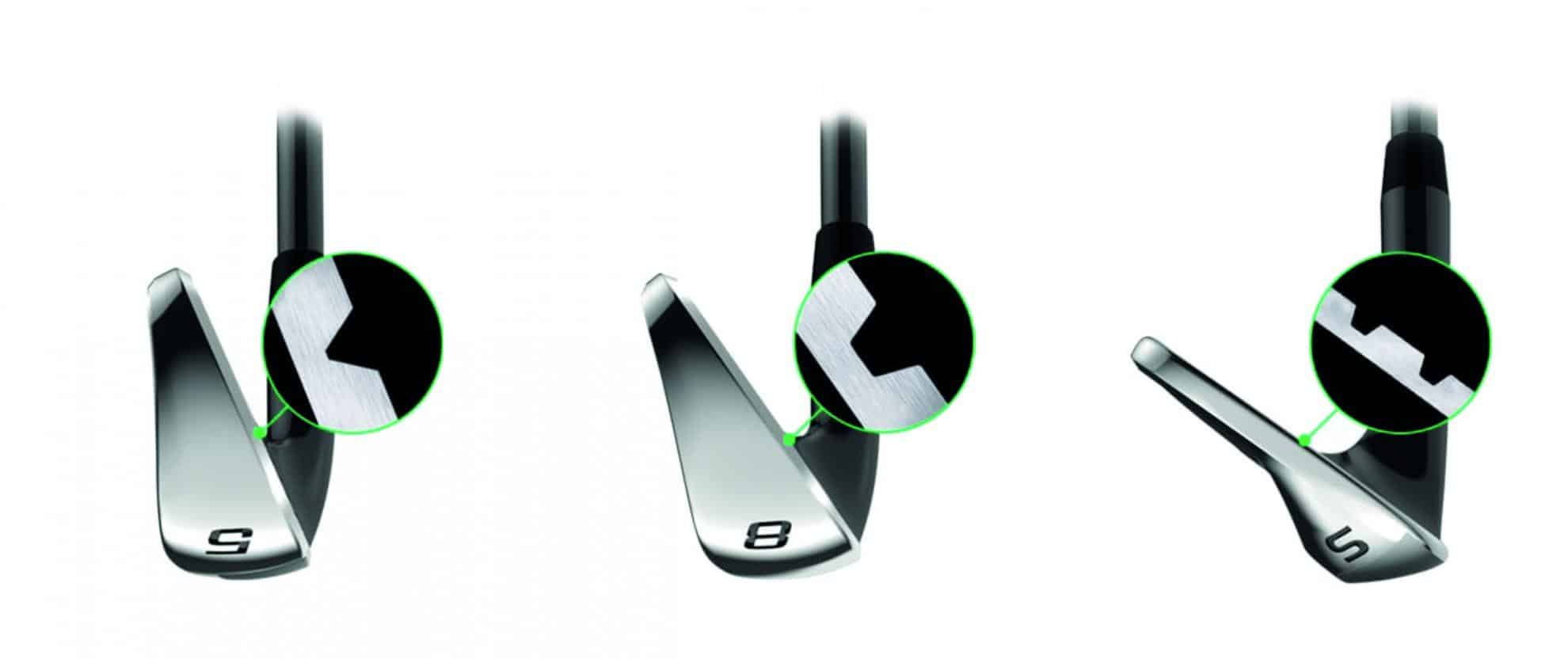
The test
Instead of hitting hundreds of balls on the range to calculate the dispersion and distance gained from the King Cobra F8 irons I dropped it at the deep end and took it out on course at The Els Club Dubai with Reg from Cobra Middle East, and took on the 17th hole that was playing into a head wind. It required a shot that I struggle to carry off and that’s a knock down cut. I normally spin the ball too much but the strong loft and low CG meant I could, for once, get the trajectory and control into the wind without it spinning up.
Conclusion
A traditional-looking performance iron that goes long but you can work the flight better than most game improvement irons. Beware of the strong lofts as this could throw out the gapping in your short irons, as the pitching wedge is 44 degrees. For players looking for something different or even a change, the King Cobra F8 is very competitively priced. The irons I played came with KBS 130 shafts, which was a huge surprise as I would normally have to pay an upcharge for these.




